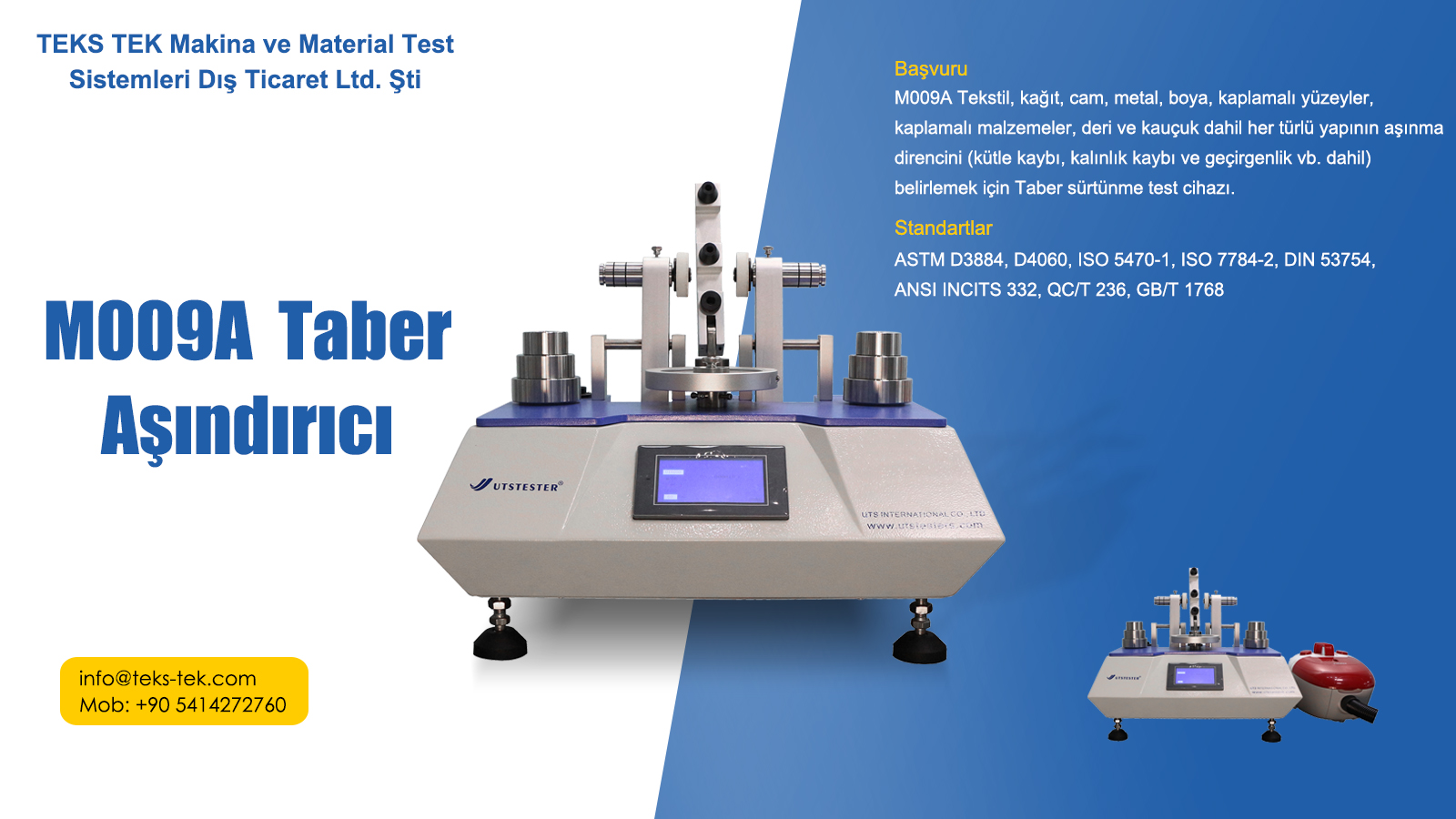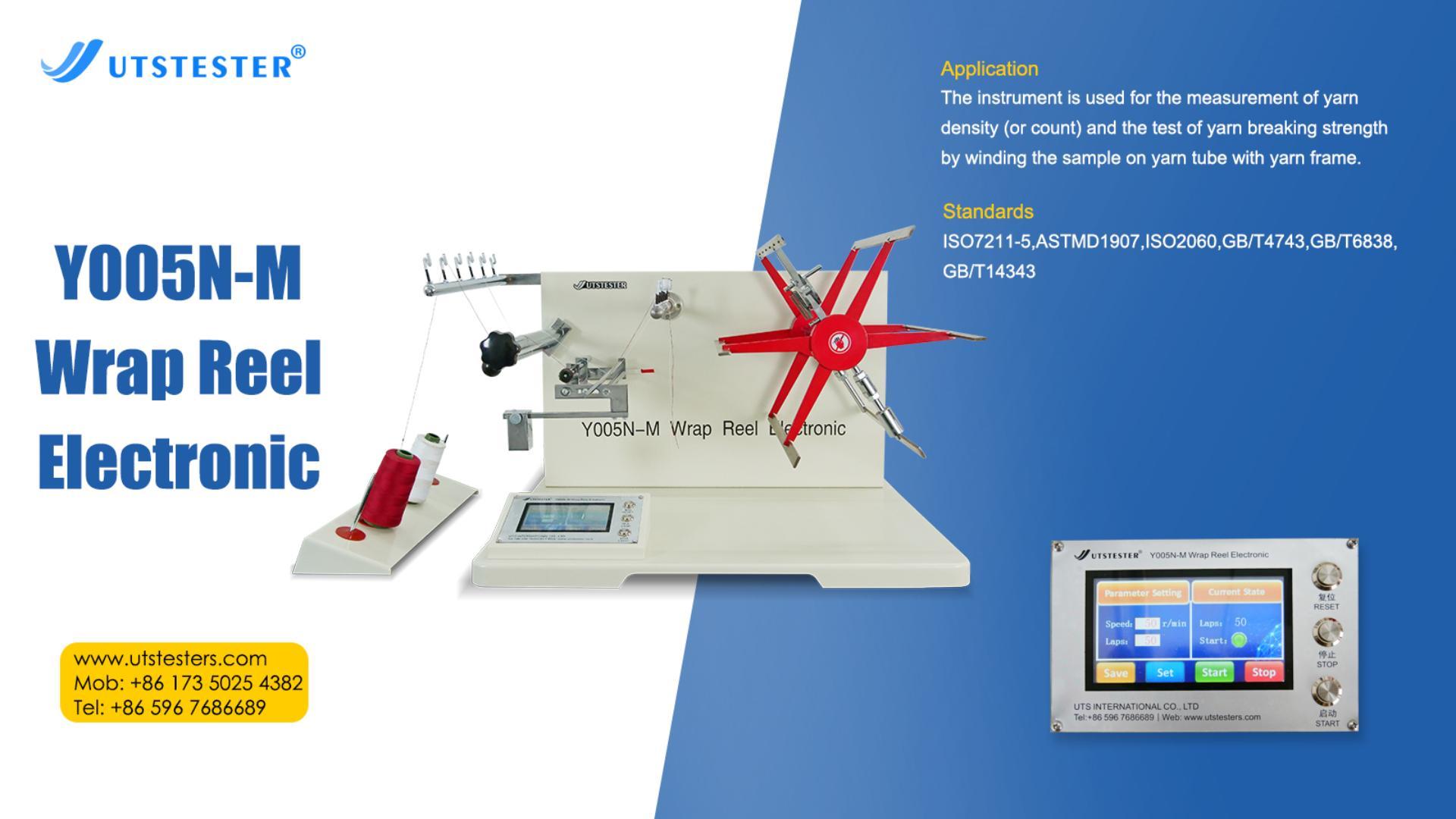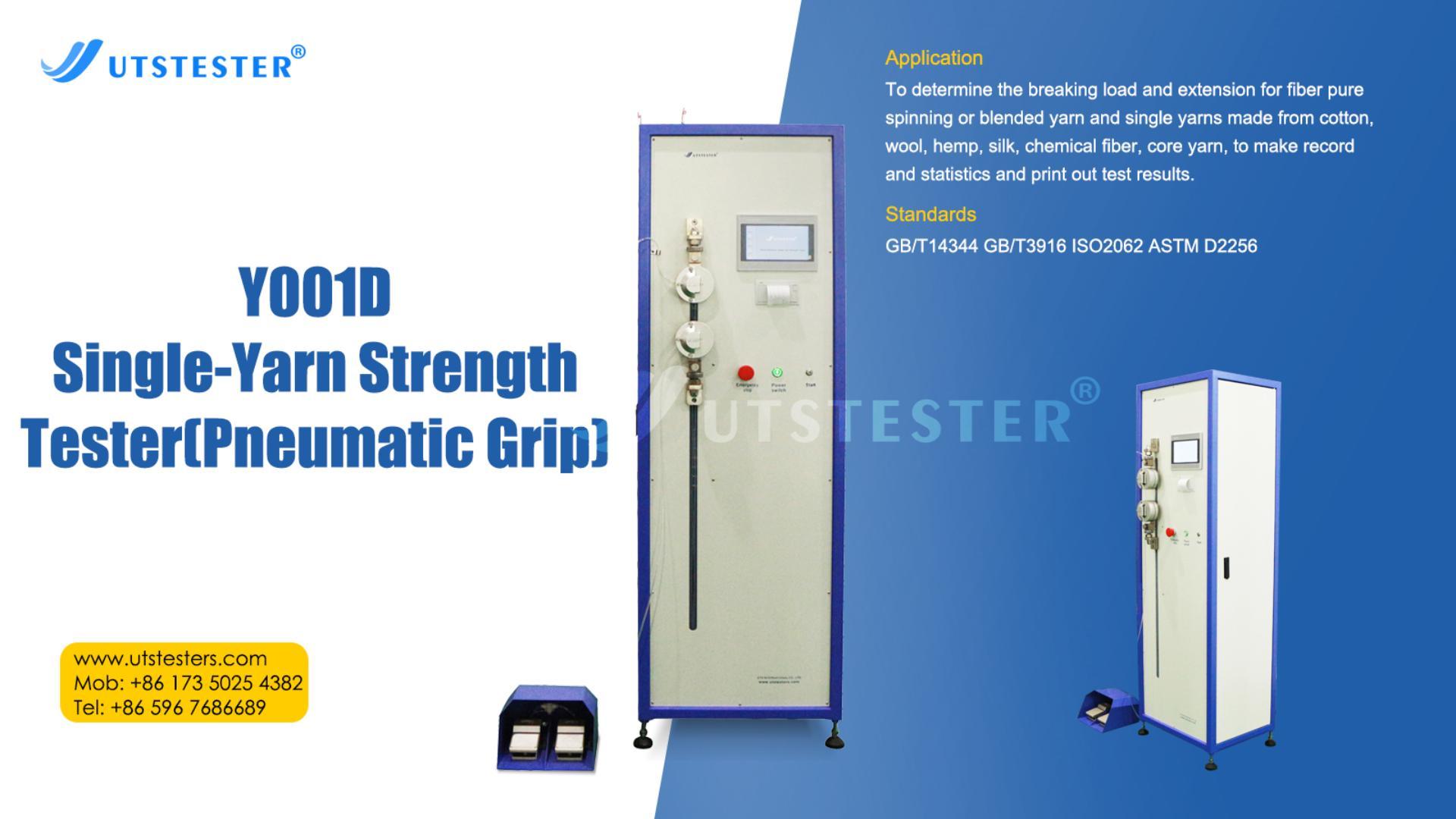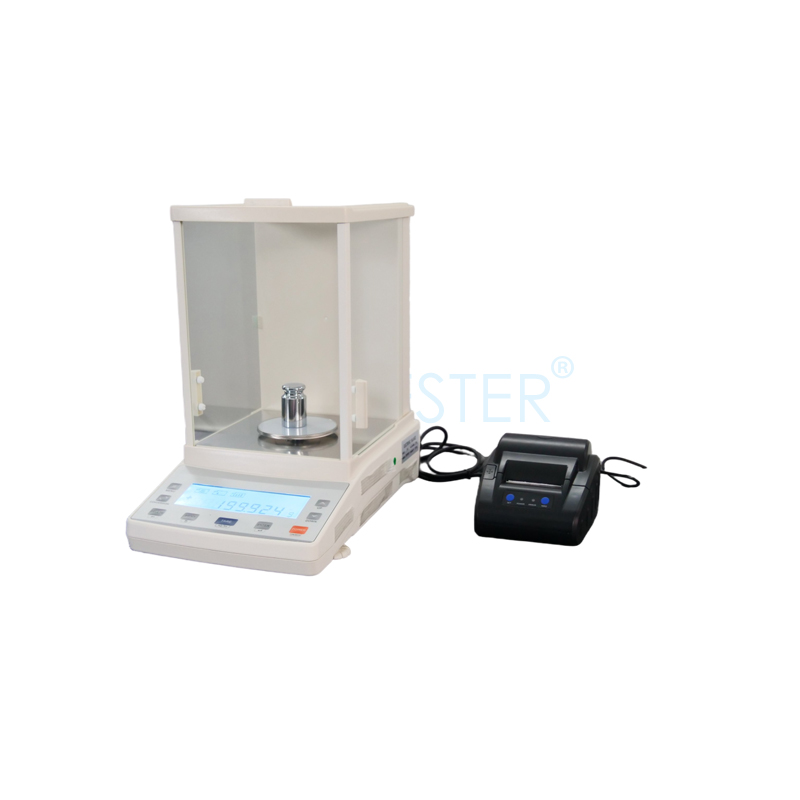Introduction
Have you ever picked up a drill and wondered why there seem to be so many different shapes, sizes, and even sounds? Drilling does much more than punch a round hole. Carpenters, geologists, oil-field engineers, and dentists all drill, yet each group reaches for a very different tool.
Knowing those differences lets you work faster, cut costs, and stay safe. This guide walks through every major drilling tool in clear, simple language. By the end, you will know which tool suits wood, metal, concrete, deep rock, or even bone, and you will see how modern designs keep pushing the limits of speed and accuracy.
Hand-powered drills
Brace and bit
The classic brace uses a U-shaped crank, a wooden handle on top, and a ratchet that lets you work in tight areas. When you turn the crank, the bit spins and slices wood fibers cleanly. Carpenters still use a brace for fine joinery because they can feel the cut and stop before the bit tears out the exit side.
Eggbeater or hand-crank drill
This tool looks like an old kitchen mixer. A gear multiplies hand motion so the chuck spins faster than the handle. It works for small pilot holes in wood, plastic, or thin sheet metal. Hobbyists like it because it gives full control without cords or batteries.
Push drill
A spring inside the body spins the bit each time you push the handle down. Electricians once used push drills to start holes for screws in switch boxes. They are quick, silent, and light enough to ride in a shirt pocket.
Portable power drills
Corded drill/driver
A corded drill feeds on mains power, which means it runs all day without swapping batteries. It uses a keyed or keyless chuck and covers hole sizes from 1 mm twist bits up to 38 mm spade bits in softwood.
Cordless drill/driver
Lithium-ion packs let this drill go anywhere. A slip clutch stops the motor when a screw reaches the set torque. Builders drive hundreds of screws with little strain on wrists because the motor, not the hand, does the hard work. Cordless models now rival small corded drills in speed and torque.
Hammer drill
A hammer drill adds small in-line blows to the spinning action. The rapid tapping helps the bit grind masonry without clogging. Home renovators choose this tool when they need to set anchors in brick or block walls.
Rotary hammer (SDS)
The rotary hammer moves from tapping to true percussion. A piston inside drives the bit like a miniature jackhammer. SDS or SDS-Plus shanks lock into the spindle so they never slip. Workers pick an SDS drill when they must punch 16 mm holes through reinforced concrete all day.
Impact driver
An impact driver twists rather than strikes forward. It delivers fast bursts of torque that break stubborn screws loose or sink lag bolts without pre-drilling. The hex collet accepts screwdriver bits, nut setters, and small drill bits made for metal.
Right-angle drill
A 90-degree gearbox brings the chuck close to the surface, so plumbers and cabinetmakers squeeze between studs or joists. Torque stays high, yet the housing clears obstacles that block straight drills.
Drill bits and cutting tools
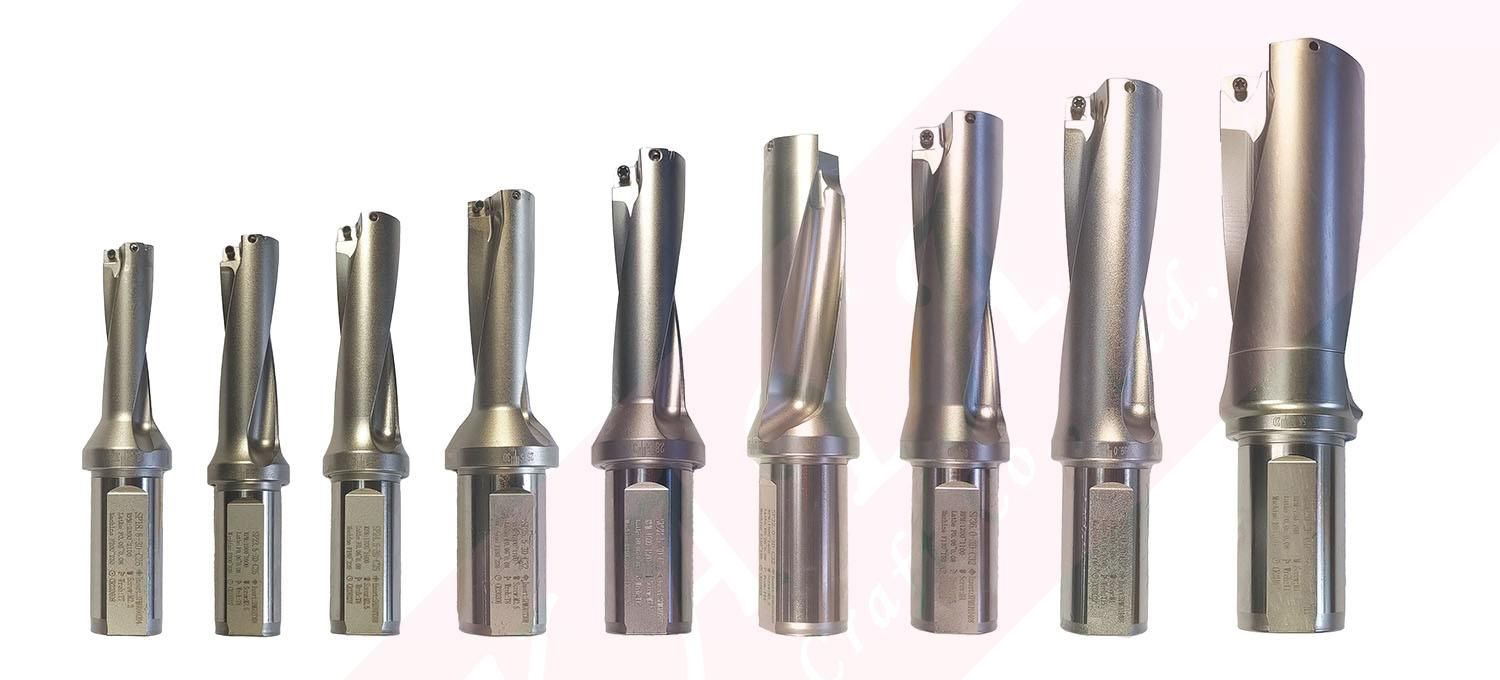
Bits matter as much as the motor. Each tip geometry and material handles a specific job.
● Twist bit – General choice for wood, plastic, and metal. High-speed steel (HSS) resists heat while the spiral flutes clear chips.
● Brad-point bit – A sharp center spur grabs wood fibers and guides the cut straight. Side spurs slice clean shoulders, leaving neat entry and exit holes.
● Spade bit – A wide paddle scoops wood fast. Electricians and plumbers run spade bits to feed cables or pipe through studs.
● Auger bit – A leading screw pulls the bit forward, so the user supplies little force. Deep flutes lift waste out of long holes in beams or utility poles.
● Forstner bit – It bores flat-bottom pockets for hinges or dowels. A rim scores the cut while a center point steers.
● Hole saw – A cup with saw teeth cuts large diameters for door hardware, drain pipes, or conduit boxes. Bi-metal teeth chew through both wood and thin steel.
● Step bit – A cone with staggered steps enlarges thin-wall holes without changing bits. Sheet-metal workers love the smooth, burr-free finish.
● Countersink – After a pilot hole, the countersink widens the top so a screw head sits flush.
● Masonry bit – A tungsten-carbide tip withstands abrasion from brick and stone when paired with a hammer drill.
● Cobalt or titanium-coated bits – Added hardness keeps the edge sharp while drilling stainless steel.
● Diamond core bit – Industrial diamonds bonded to a hollow crown grind glass, tile, and concrete. Water cooling flushes grit and keeps dust down.
Stationary drilling machines
Bench drill press
A drill press holds the spindle straight and feeds down by a lever. The rigid column stops flex, so holes stay true. A depth stop repeats setups for batch work.
Floor drill press
Taller presses accept longer workpieces like table legs or engine blocks. Larger motors spin bigger bits with less chatter.
Radial arm drill
The arm swings and slides, letting the head reach far across a plate without moving the part. Metal shops drill flanges and structural beams with radial drills.
Magnetic drill
A strong electromagnet clamps the base to steel plate or beam. Bridge crews and shipbuilders lift the mag drill into awkward spots and bore holes for bolts and rivets.
Multi-spindle drill
Several spindles take separate bits and drill many holes at once. Furniture factories use gang drilling to speed shelf pin holes.
CNC drilling machine
Computer control moves the table and spindle in three or more axes. Printed circuit board makers rely on CNC drills to pierce thousands of micro-vias in a single panel.
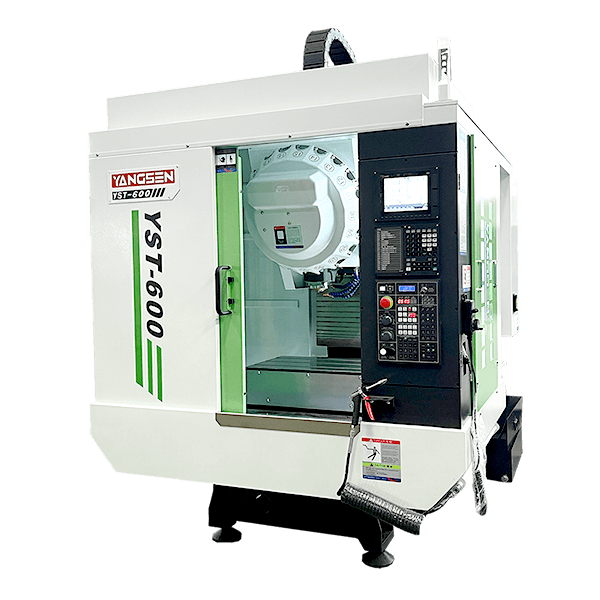
Concrete and masonry drilling tools
SDS-Plus rotary hammer
The SDS drive line lets the bit slide in and out under the hammer blows, which means real energy reaches the tip. Carpenters set anchors for formwork and hurricane clips with SDS-Plus bits up to 30 mm.
SDS-Max rotary hammer
Heavier hammers jump to 18 mm shanks and hit with triple the force. Workers sink rebar dowels into foundation walls and carve channels for plumbing or wiring.
Combination hammer
A selector switch flips between rotation-plus-hammer, hammer-only, and rotation-only. In hammer-only mode the chuck accepts chisels that scale tile or chip old grout.
Core drilling rig
A stand holds a hollow diamond bit steady as it cores through concrete slabs for HVAC ducts or utility sleeves. Water runs through the spindle to cool diamonds and trap dust.
Geological and mining drilling tools
Percussion or cable-tool rig
The rig lifts a heavy chisel on a cable and drops it, breaking rock by impact. Early oil pioneers drilled with cable tools, and small water-well rigs still use them where budgets stay tight.
Rotary air-blast (RAB) drill
Compressed air drives a downhole hammer that chips rock and blows cuttings up the annulus. Prospectors favor RAB for fast, low-cost sampling.
Reverse circulation (RC) drill
Dual-wall rods send air down the gap and lift sample chips inside the inner tube. The sealed path avoids contamination, so labs can trust the assay.
Diamond core drill
A diamond bit cuts a cylindrical core. Geologists read the core for rock type, structure, and mineral content. Core rigs deliver slower penetration but priceless data.
Down-the-hole (DTH) hammer
The hammer sits behind the bit and strikes while the whole assembly spins. DTH hammers drill hard rock quarries and blast holes with straight walls for better explosive placement.
Sonic drill
A high-frequency oscillator vibrates the rod string. Friction at the bit melts soil bonds, so the barrel slides down with little disturbance. Environmental firms use sonic rigs for clean, undisturbed cores.
Flight auger
A continuous screw flights out soil as the bit advances. Engineers log shallow formations and install monitoring wells with augers under 30 m.
Oil and gas drilling tools
Oil wells stretch thousands of meters below the seabed. The drill string carries many special parts to survive pressure, heat, and vibration.
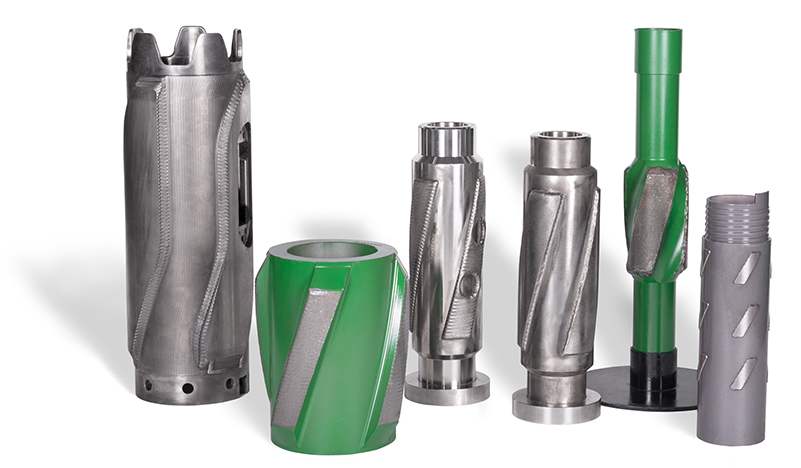
Drill pipe
Steel tubes transmit torque and drilling mud from the rig floor to the bit. Tool joints at each end add wall thickness so threads hold load.
Heavy-weight drill pipe (HWDP)
HWDP bridges flexible pipe and stiff drill collars. It smooths the transition and lessens stress at key joints.
Drill collars
Thick-wall bars add weight that pushes the bit into rock. Collars keep the string in compression, which stops it from winding up like a spring.
Bottom-hole assembly (BHA)
The BHA sits between collars and bit. It can carry a mud motor, stabilizers, jars, and sensors that feed real-time data to the surface. Proper BHA design controls direction and dampens vibration.
Drill bits
● Roller-cone (tri-cone) – Three cones roll on bearings. Steel teeth or tungsten-carbide inserts crush medium to hard rock.
● PDC (polycrystalline diamond compact) – Diamond discs shear rock with steady contact, giving high rate of penetration in shales and sandstones.
Mud motor
A positive-displacement motor turns rotor power into torque at the bit. When you bend the housing, the motor steers the well without rotating the entire string.
Rotary steerable system
Electronics and pads push the bit or point it to change direction while everything keeps turning. This system drills smoother holes and stays in the pay zone longer.
Measurement and logging while drilling
MWD tools send depth, inclination, and azimuth. LWD tools read gamma ray, resistivity, and density. These sensors sit inches above the bit and avoid extra trips.
Casing and tubing
After the bit reaches target depth, crews run steel casing into the hole, then cement it. Production tubing later carries oil or gas to the surface while keeping pressure in check.
Specialty drilling tools
● Micro-drills and PCB bits – Solid carbide bits under 0.2 mm drill printed circuit boards with 50,000 rpm spindles.
● Dental drills – Air-driven handpieces spin diamond or carbide burs at 400,000 rpm to cut enamel neatly and without heat.
● Orthopedic bone drills – Surgeons use cannulated bits that slip over guide wires, ensuring holes match screws perfectly.
● Glass and ceramic bits – Arrow-head carbide points start the hole; diamond cores finish clean edges without cracking.
● Fiber-optic drills – Hollow cores protect fragile fibers while pulling them through walls and conduits.
Emerging drilling technologies
Laser drilling
High-energy lasers vaporize rock in micro-seconds, leaving glassy walls that may resist collapse. Research continues on power supply and cost.
Water-jet drilling
Ultra-high-pressure water (sometimes with abrasive grit) slices through brittle formations. Water jets create little vibration and may reduce tool wear.
Plasma pulse drilling
Electrical discharge in fluid breaks rock with shock waves. The system needs no bit in direct contact, so bit wear drops to zero.
Cryogenic drilling
Liquid nitrogen freezes soft sediment, turning it solid so a conventional bit cuts straight. Archeologists drill polar ice cores without melting layers.
Choosing the right drilling tool
1. Match the material. Wood favors sharp edges and low speed. Concrete needs carbide and hammer action. Hardened steel calls for cobalt or carbide tips with cutting oil.
2. Know the hole size and depth. Short twist bits stay accurate up to 13 mm. Large diameters push you to spade bits, hole saws, or core rigs. Deep wells rely on mud circulation to clear cuttings.
3. Pick a power source. Corded models supply endless energy on a bench. Cordless drills roam roofs and fields. Pneumatic tools shine in mines where sparks must stay away.
4. Plan chip removal. Flutes, air, mud, or water carry waste out. If chips block the hole, the bit burns or breaks.
5. Respect safety. Wear eye protection, clamp the work, and stand balanced. Use the side handle on high-torque drills. Replace dull bits; they grab and stall.
6. Think of ergonomics. A right-angle drill might save your wrist in cramped framing bays. Anti-vibration handles on rotary hammers lower fatigue during long shifts.
Conclusion
Drilling tools span a huge range, from a palm-sized push drill that pricks a pilot hole to a sea-floor rig that drives a diamond bit five kilometers below the waves. Each tool solves a clear problem: cut a specific material, reach a certain depth, steer a path, or protect a sample. When you recognize those needs, the long aisle of drills and bits turns from a puzzle into a clear menu. The next time you face a piece of timber, a concrete wall, or layers of ancient rock, you will know which drill to grab, how it works, and why it earns its place in the toolbox.
